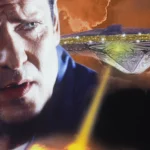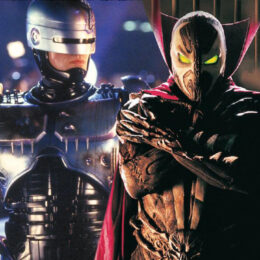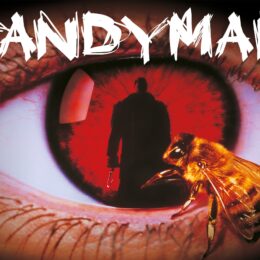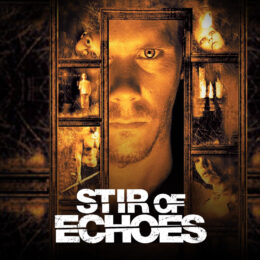Forgotten action movies from the 90s
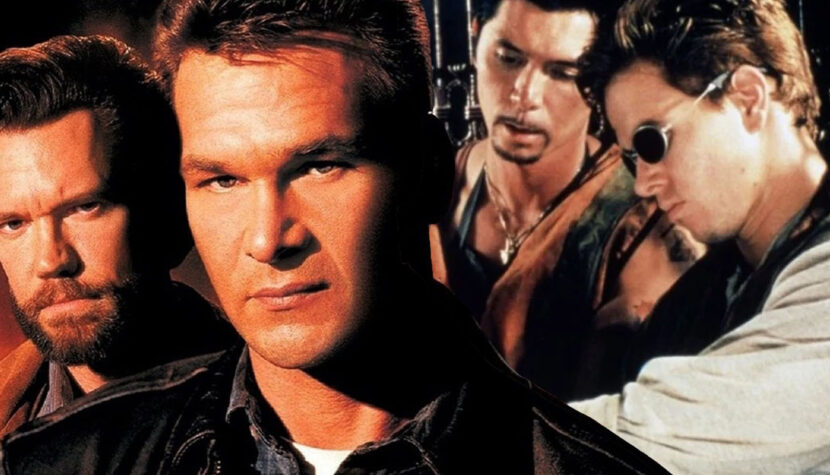
In the 1990s, the production of action films noticeably accelerated compared to the 1980s. Unfortunately, their quality also declined. A lot was churned out on a budget, which, however, did not diminish the number of enthusiasts for this type of production, regardless of the technical and narrative quality. Among these cheaper films – which have almost been forgotten since VHS tapes became obsolete – there are hidden gems. Some of them feature iconic actors we know from truly great films. In others, you’ll find artists who never managed to leave the world of video cassettes.
Rapid Fire, 1992, dir. Dwight H. Little
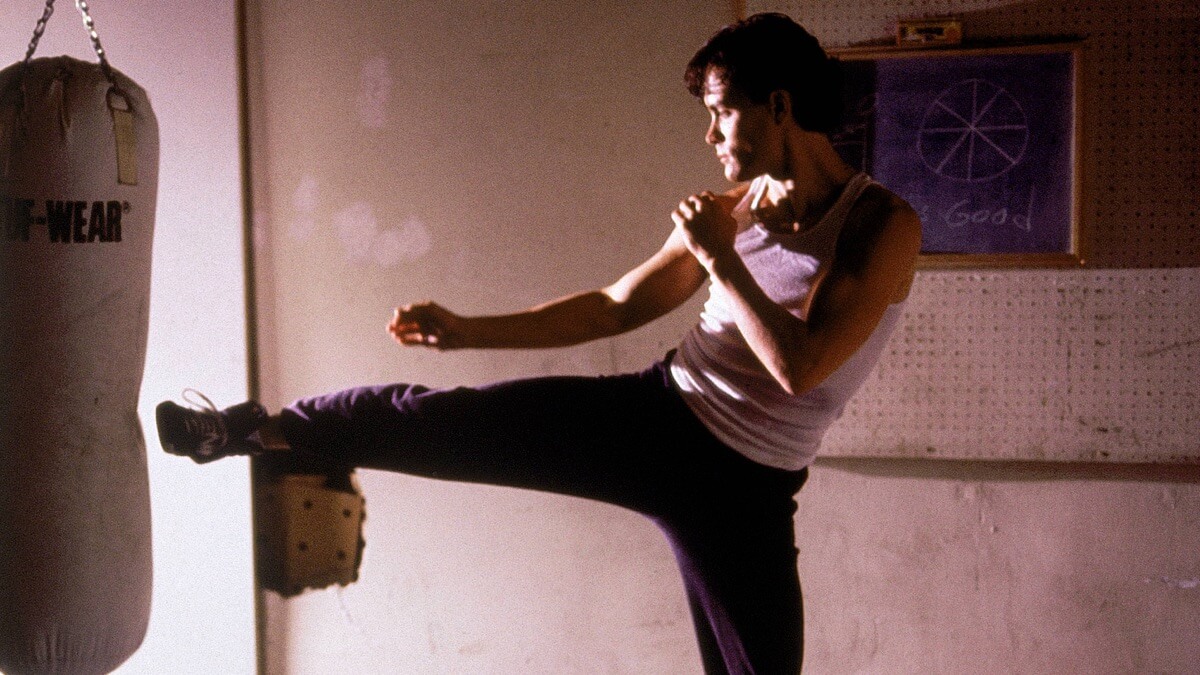
An underrated action and martial arts film, even though it features the iconic (due to his tragic death) Brandon Lee. It was his penultimate role, overall quite average, but in practice, that’s not the decisive factor when it comes to the popularity of action cinema, especially from the 80s and 90s. Rapid Fire is a film with a straightforward plot, very clear-cut villains, and a multitude of adversaries falling like game bots in a computer game in fights against the main protagonist. It’s evident that fight sequences weren’t often repeated, likely due to constraints in time, resources, or both. This is easily recognizable by the lack of fluidity in movements and numerous – albeit brief – pauses in the clashes, where actors seem to be recollecting their next moves. And, of course, it ends with fire, a charred body, and a romantic moment.
Related:
The Big Hit, 1998, dir. Kirk Wong

When action cinema blends with comedy, the result can either be a complete and unfunny flop or something worth watching, like Pain & Gain. However, this film is several years younger than The Big Hit, and Mark Wahlberg is quite fortunate. It’s a pity that the movie isn’t widely known among viewers. It encompasses everything that should be in action cinema while also delivering plenty of humor. I won’t delve into the details of the women’s kidnapping by Wahlberg’s crew, but I’ll mention one scene that stuck with me from this film. It takes place in a kitchen and features the hands of a man and a woman – Melvin Smiley (Mark Wahlberg) and the abducted Keiko Nishi (China Chow). They passionately rub a mixture of spices and thick marinade onto a chicken. To top it off, they’re handcuffed together, and eventually, the chicken in the roasting pan ends up on the floor somewhere.
Surviving the Game, 1994, dir. Ernest R. Dickerson

A classic of the action cinema genre with a quite distinctive plot structure – one unsuspecting, unarmed target and a group of wealthy hobbyist hunters who have grown bored of hunting deer, so they decide to hunt humans instead. As the plot unfolds, the prey becomes the predator, and the hunters are nothing more than meat. The film, starring Rutger Hauer, Gary Busey, and Ice-T in the main roles, was unfortunately overshadowed by another quite similar movie from the following year – John Woo’s Hard Target, with Jean-Claude Van Damme in the lead role.
Excessive Force, 1993, dir. Jon Hess
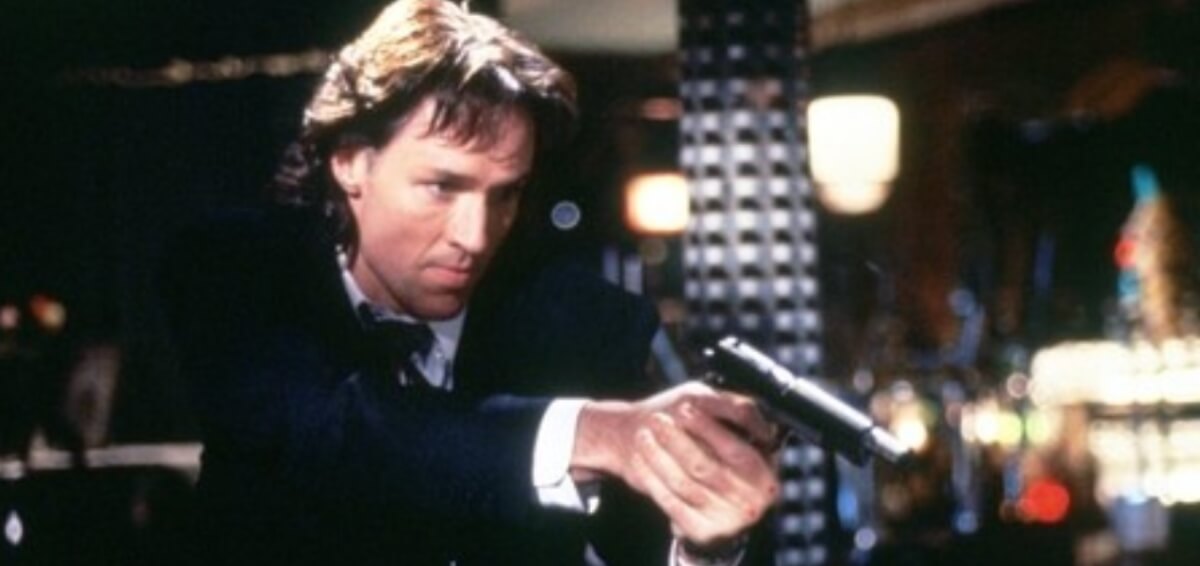
Thomas Ian Griffith is an underrated star in the action and martial arts film industry, perhaps partly because he is white, and this genre of karate cinema has generally promoted Asian actors. However, in this compilation, we won’t delve into analyzing why Griffith never became an icon like Jackie Chan, even though he undoubtedly possesses greater acting skills. As for martial arts technique, unfortunately, he may lose out to Chan, but does that truly matter in a film? The color of one’s skin matters – that’s for sure. Excessive Force is the kind of cinema that offers straightforward entertainment with minimal mental exertion needed to understand the plot. And Thomas Ian Griffith even wrote the screenplay.
American Ninja 4: The Annihilation, 1990, dir. Cedric Sundstrom

Only the first installment was considered iconic, as it introduced a white martial arts master rather than an Asian, which was a rarity in cinema. Michael Dudikoff took on the role of the ninja, but his star shone for a shorter time than even his critics might have expected, as they never saw his acting talent from the start. Later, David Bradley replaced him, but he didn’t even get a chance to become a cult figure. Then came the 1990s, and producers came up with the desperate idea of combining these actors into a team. It has to be admitted that this sentimental idea could have worked, if only both actors had more talent and the film had been given a larger budget. Nonetheless, this attempt didn’t help, and American Ninja 4 remains an unknown film. Moreover, after the years that have passed since the premiere of the first installment, even it is no longer as “cult” as it used to be.
Mercenary, 1996, dir. Avi Nesher
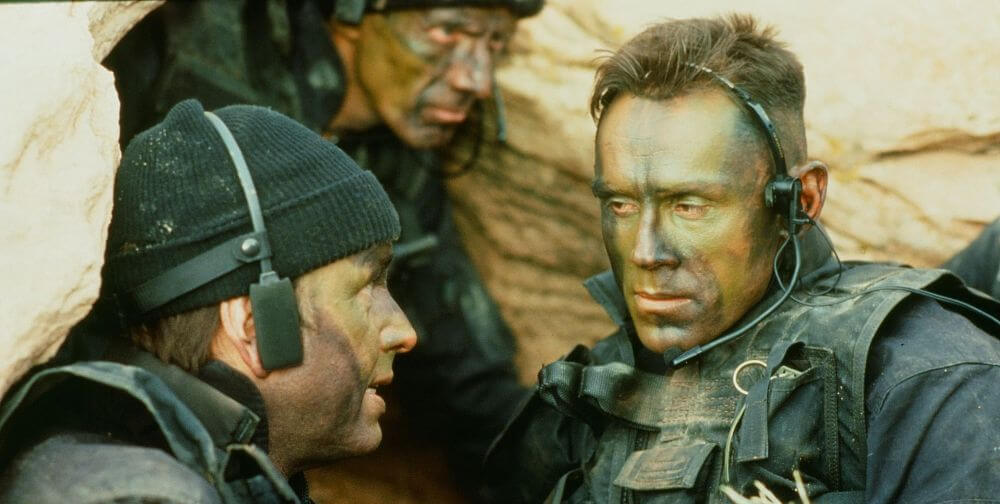
Mercenary is a lesser-known film by Olivier Gruner. VHS enthusiasts may associate him more with Nemesis and Automatic, while the rest of his career falls into the B-movie category. As for Mercenary, among these somewhat lackluster roles, the production ranks just after Nemesis, so it’s not that bad. There’s plenty of action, shootouts, corpses, Gruner surprisingly sports a tie quite often, and he gets stuck in a tanning bed. Opponents fly into the air like on a trampoline due to explosions, grenades hang on trees, and we even see John Ritter.
Street Hunter, 1990, dir. John A. Gallagher

Fans of action cinema likely associate Steve James with American Ninja, where he partnered with Michael Dudikoff as Sergeant Curtis Jackson. He became renowned for his hand-to-hand combat skills and well-trained physique. Drawing inspiration from Bruce Lee throughout his life, he easily found his place in films where fighting took center stage. This is no different in Street Hunter. As Blade, James doesn’t say much but ruthlessly eliminates criminals. Moreover, he looks like the father of Blade, the Eternal Hunter, except he doesn’t hunt vampires. Street Hunter might be suitable for a one-time viewing, but credit must be given to the late Steve James for portraying a great, slightly comic book-like character in a hat and symbolic coat. It’s a shame that this character wasn’t more developed in the subsequent films of the series that were produced later on.
Black Dog, 1998, dir. Kevin Hooks
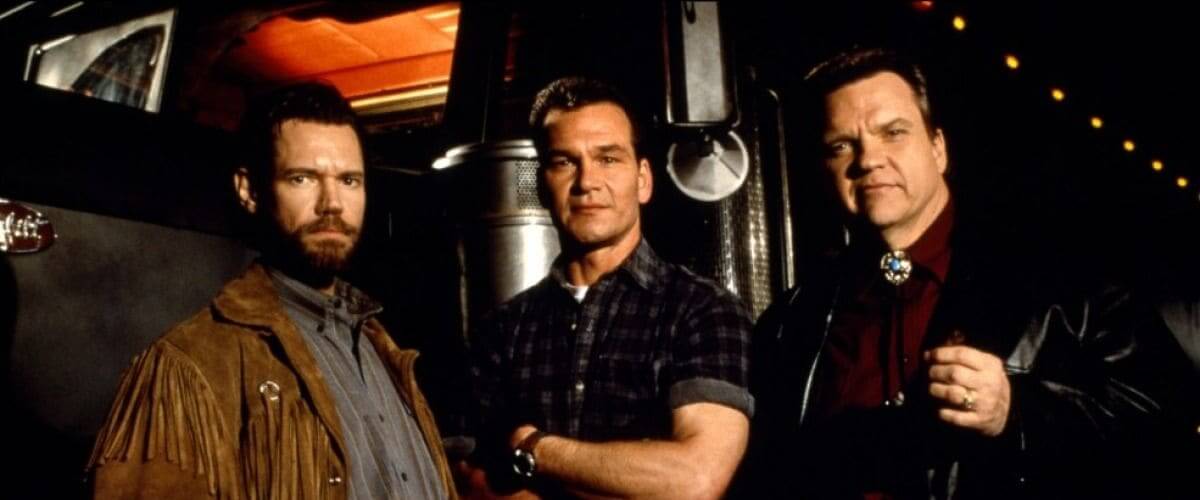
What’s more masculine in action cinema than a truck driver? Unfortunately, the two most well-known actors from this production have already passed away. Patrick Swayze quite some time ago, while Meat Loaf in 2022. I know that calling him an actor might be an exaggeration, but the roles he played were always well-suited to him, which can’t necessarily be said for Patrick Swayze. And perhaps the same is true in this case. I hope that many viewers share my opinion that in Black Dog, Swayze didn’t fully immerse himself in the role of a tough, determined truck driver who embarks on a perilous journey. What saves this film is the legendary actor in the lead role and the depicted world, featuring large trucks, elements of road cinema, and building tension. However, who associates Patrick Swayze with the title Black Dog?
Three Days to a Kill, 1992, dir. Fred Williamson
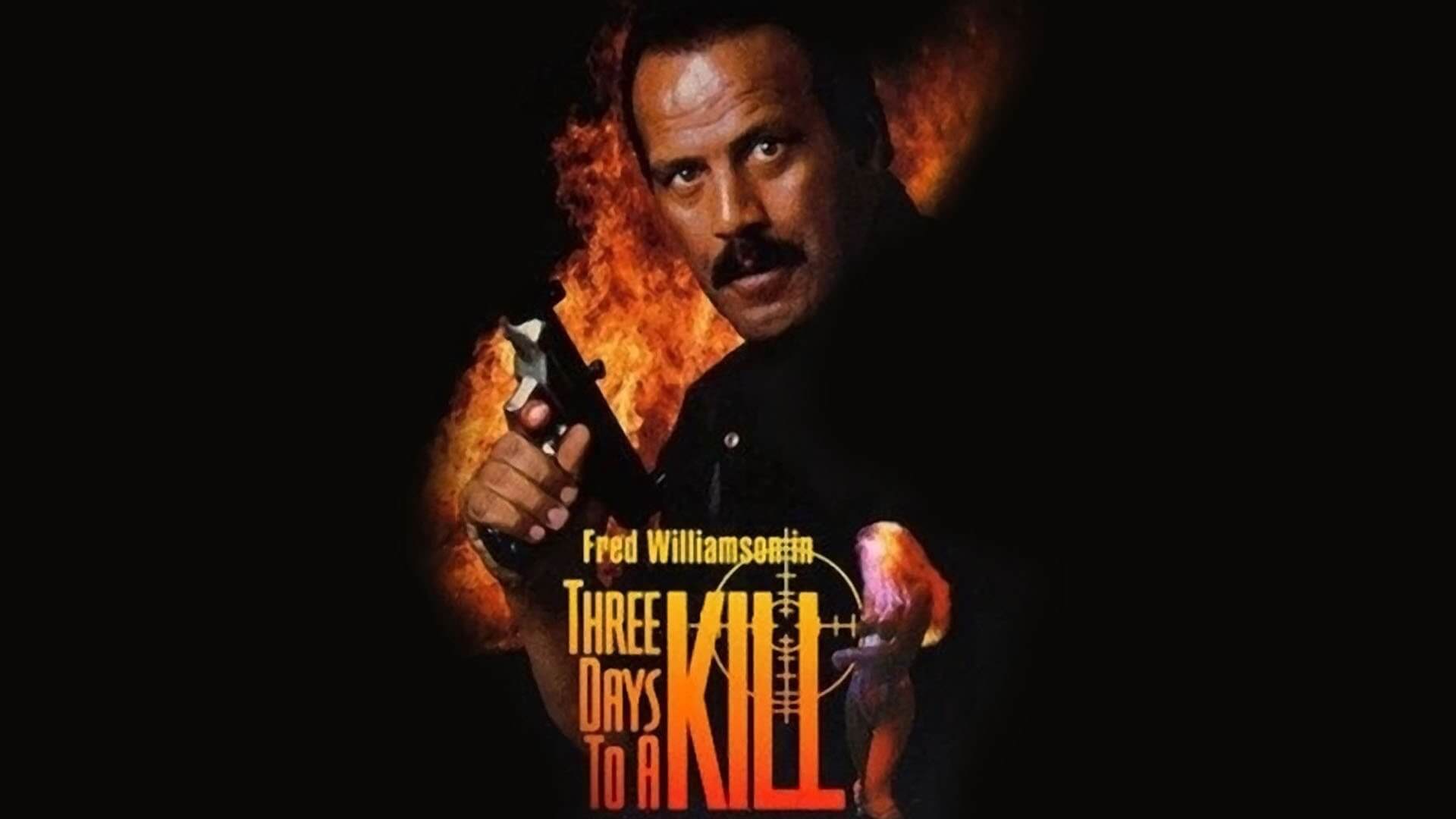
The 90s changed the world of action cinema, but not everyone followed the spirit of those changes. Certainly not Fred Williamson – a man of many talents, including acting, but with a somewhat conservative approach to the characters he played and directed himself. Fred doesn’t jump off walls or do somersaults. He’s a tough, somewhat heavy-handed tracker, not very fancy in kicking faces or delivering menacing lines. Seems a bit weak for action cinema, doesn’t it? Nothing could be further from the truth. I watched Three Days to a Kill for the second time for the purpose of this list, and I rediscovered this film. It might not have twists and complex plots, but Fred Williamson exudes an unquestionably heroic gravity. It’s truly enjoyable to watch. It’s a pity that Cal’s character didn’t find its development in a TV series. Apart from Fred Williamson, the film also features Henry Silva and Sonny Landham.
Double Team, 1997, dir. Hark Tsui
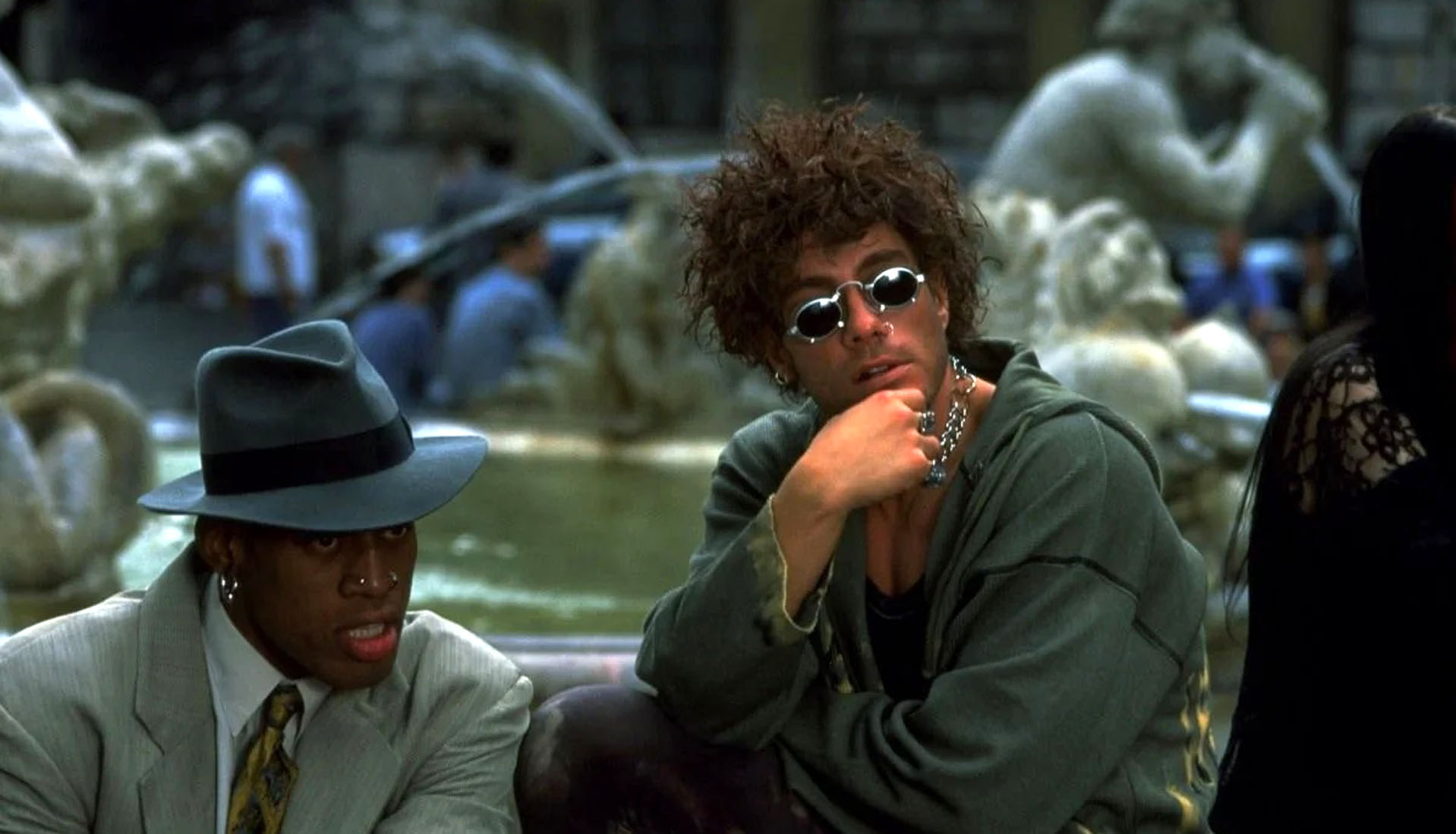
One of the distinctions of action cinema from other genres, among other things, lies in the fact that the confrontations between villains and positive heroes are exceptionally unrealistic when it comes to the physical abilities of both sides of the conflict. In the case of Double Team, it’s worth watching the film not only because of the unique duo of Jean-Claude Van Damme and Dennis Rodman, but also for the pool scene. Every action movie enthusiast will be amazed at how Van Damme disposes of attackers while leaping onto a water-floating mattress, which is then punctured by dozens of bullets, and after a particularly difficult killing of a woman by our protagonist, turns into a massive ball of fire. Of course, Jean-Claude survives, or rather walks away from the situation with a few scratches. Double Team is a blend of action and comedy in a colorful, absurd style. The peculiar protagonist duo is complemented by an even more abstract black character – Mickey Rourke.


